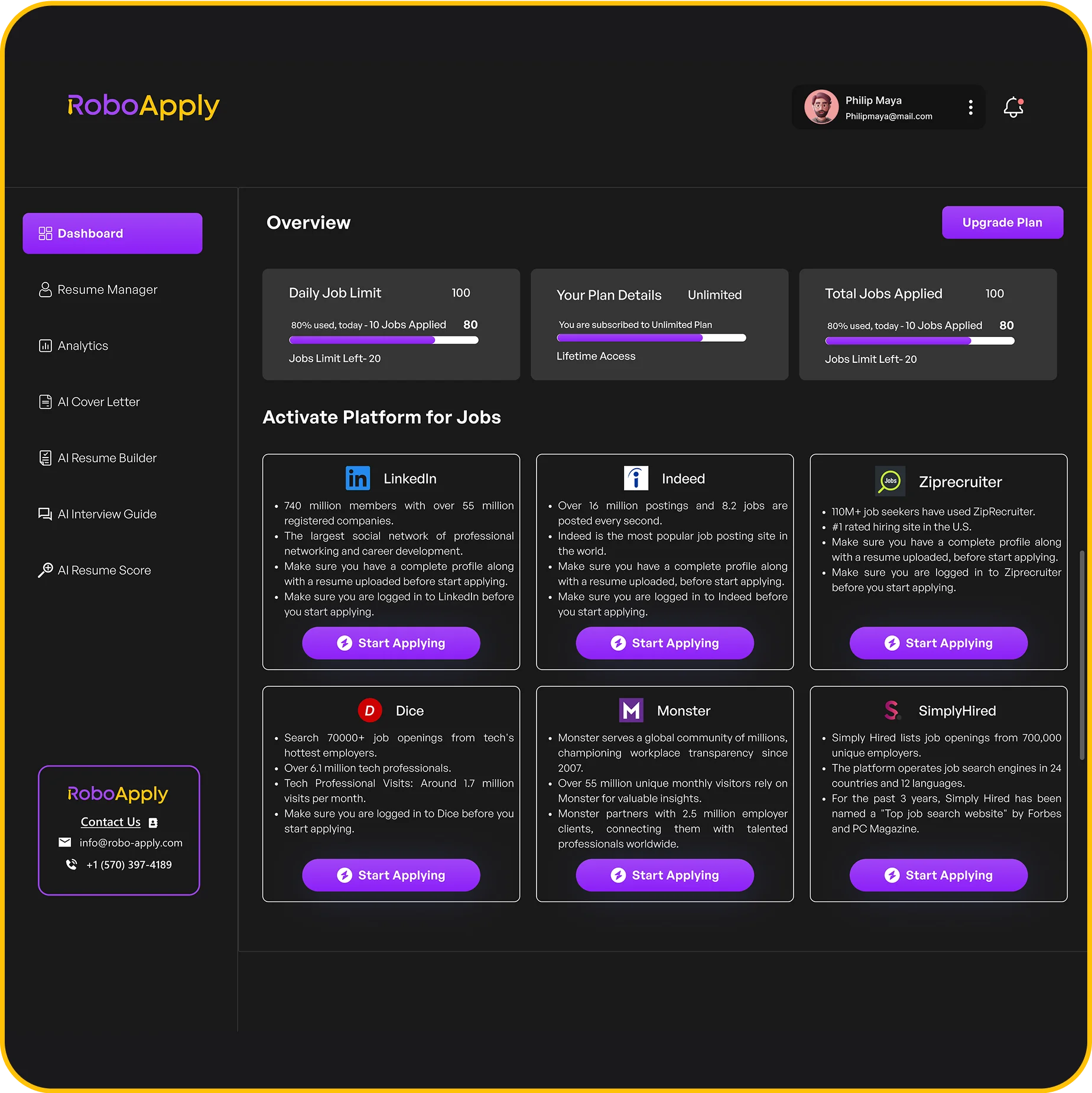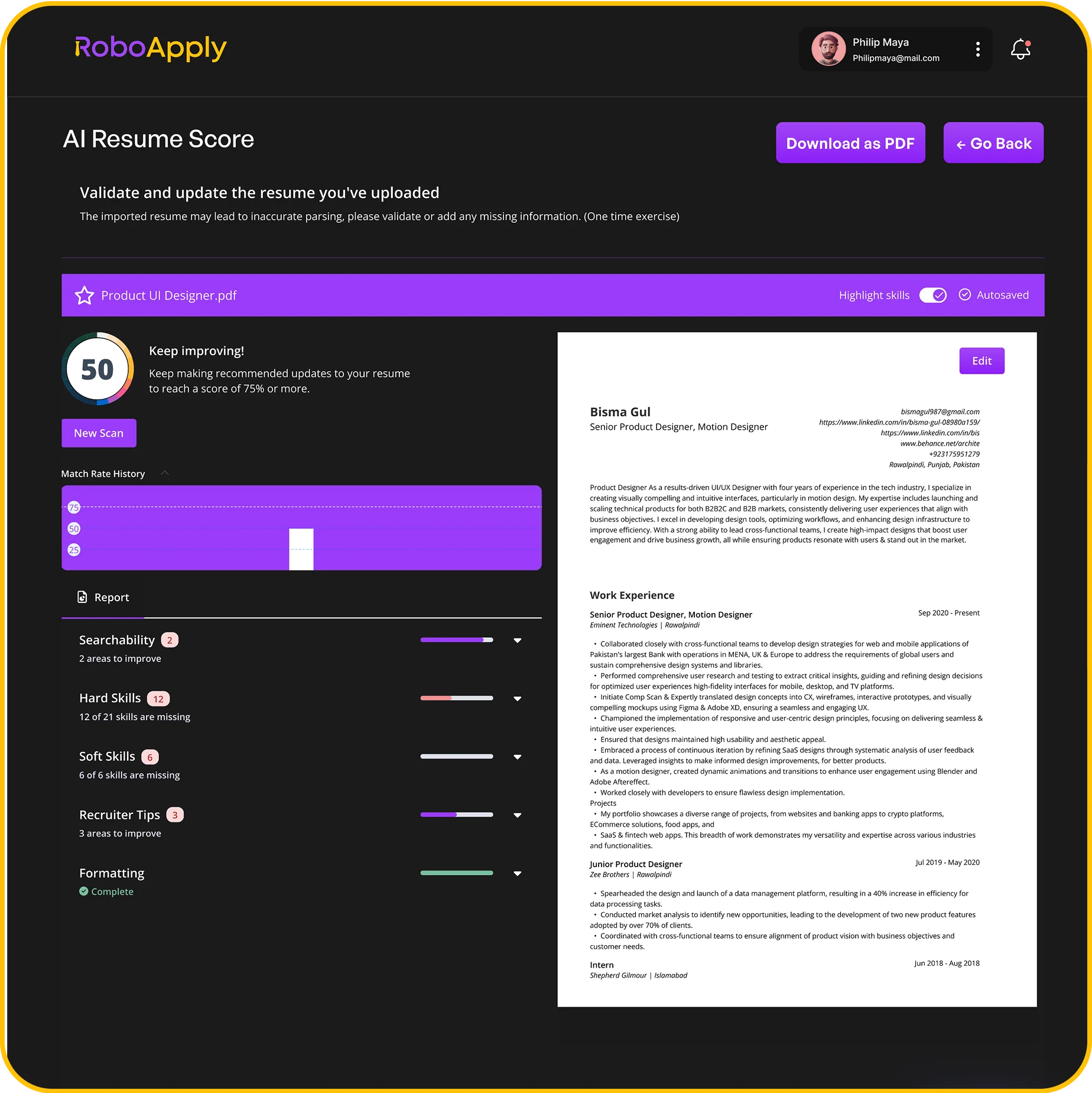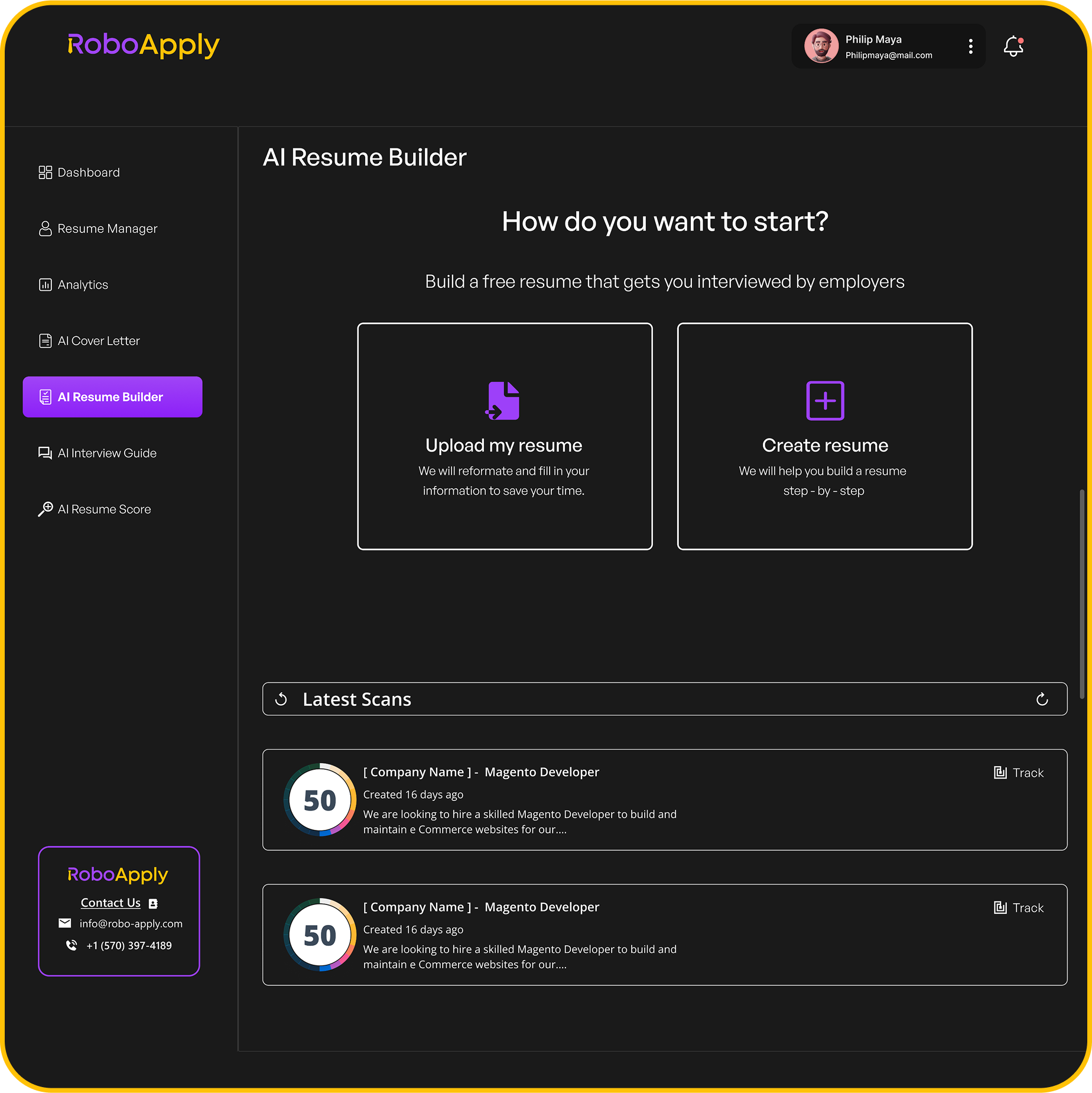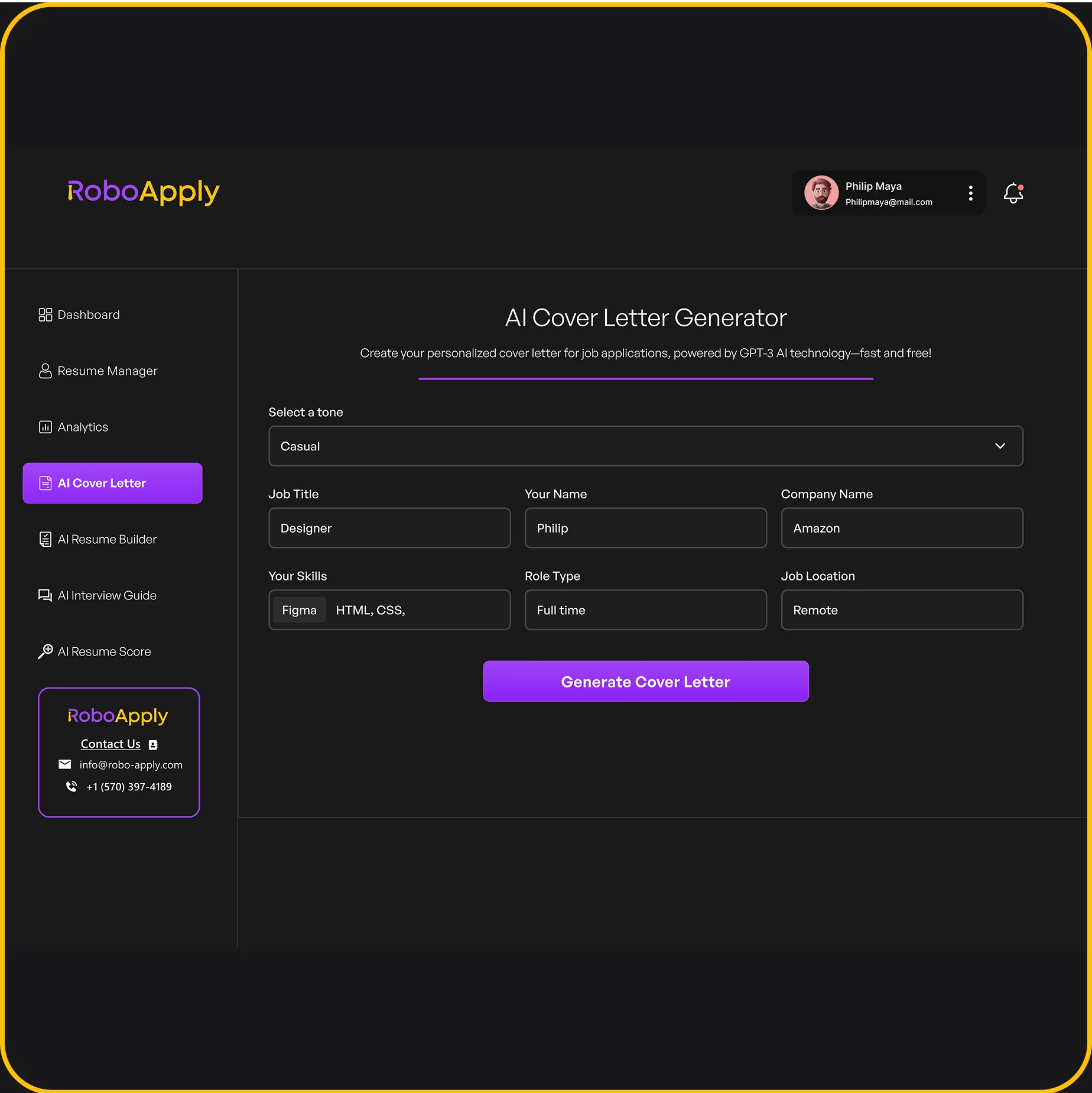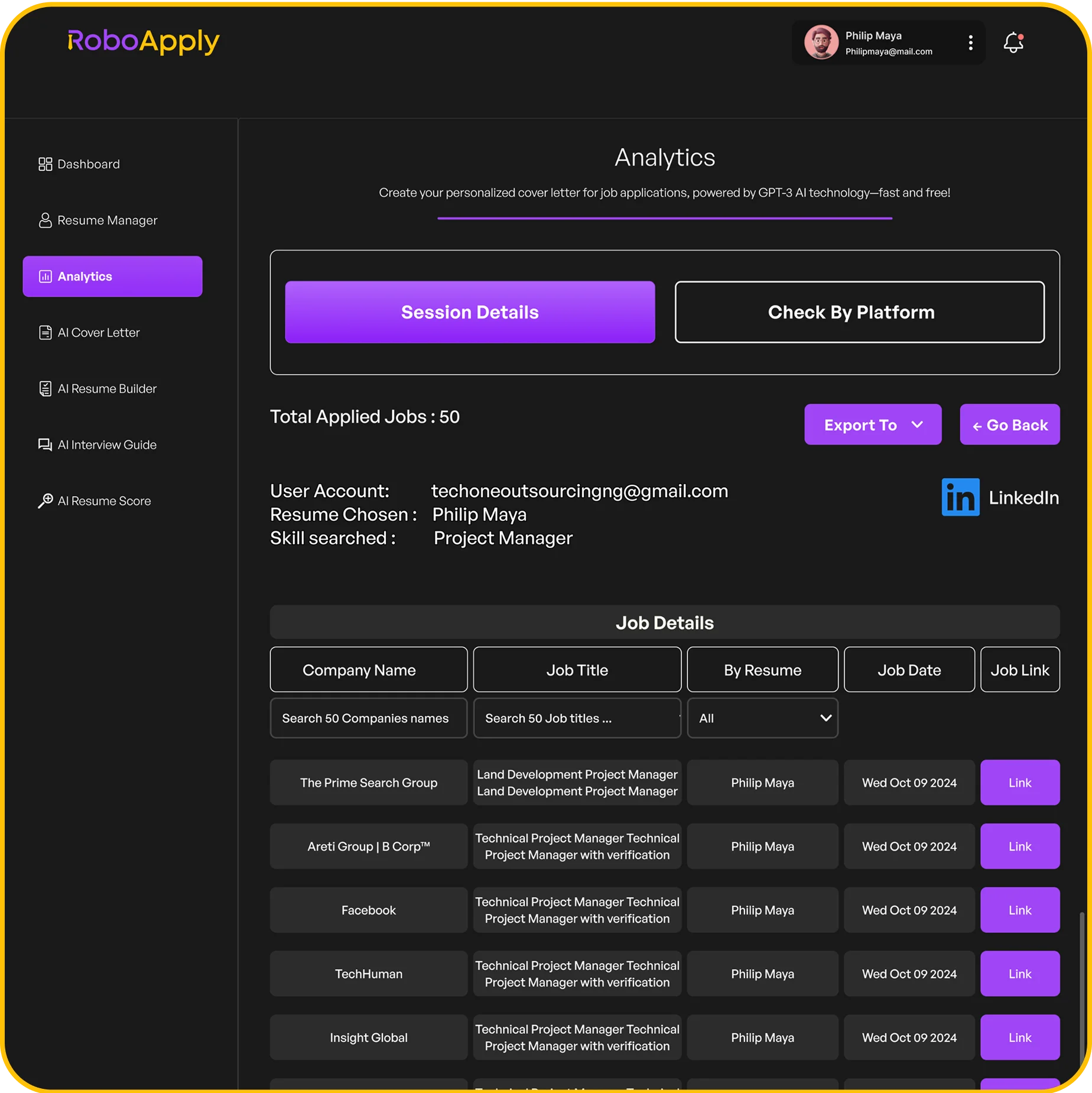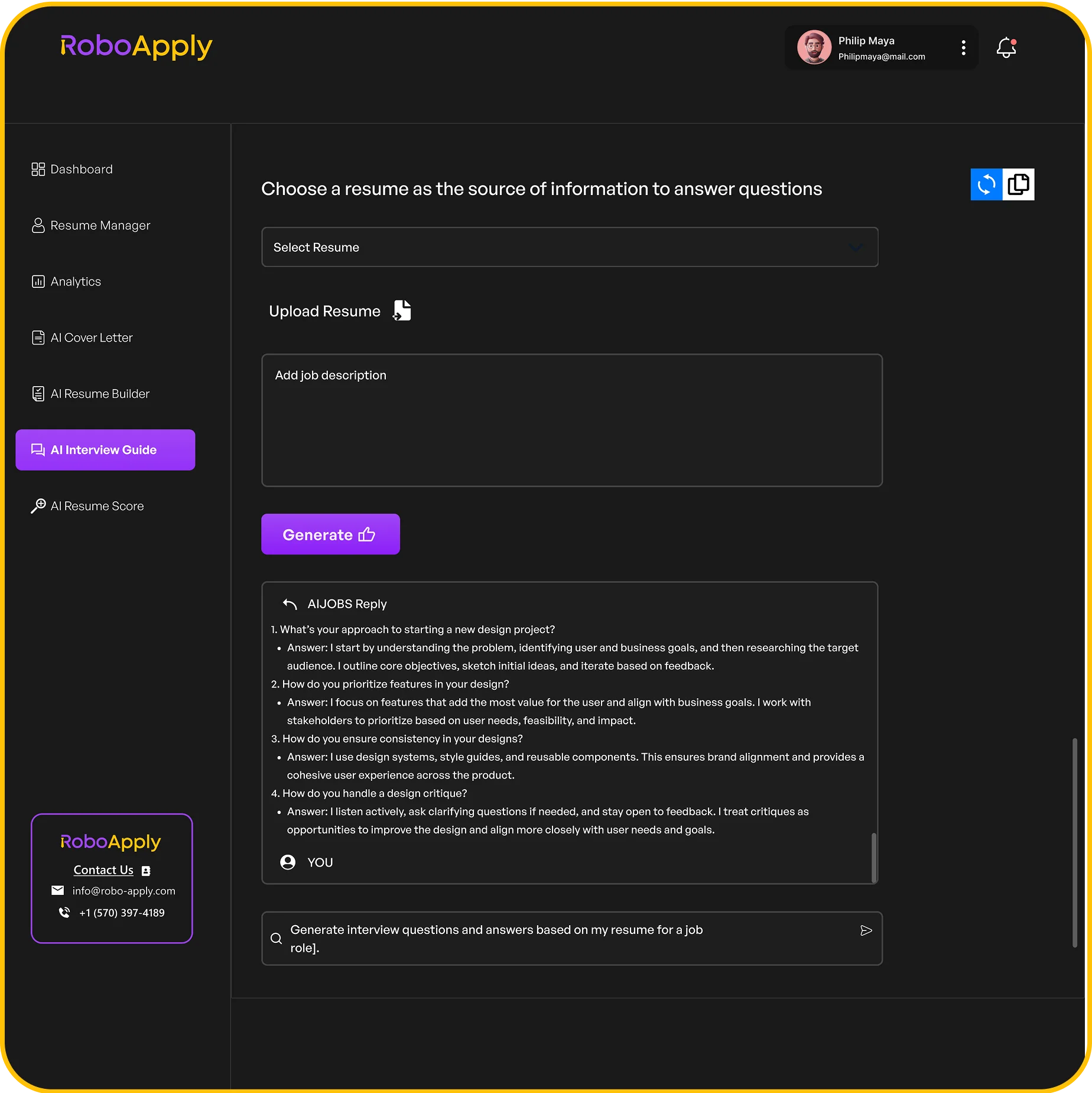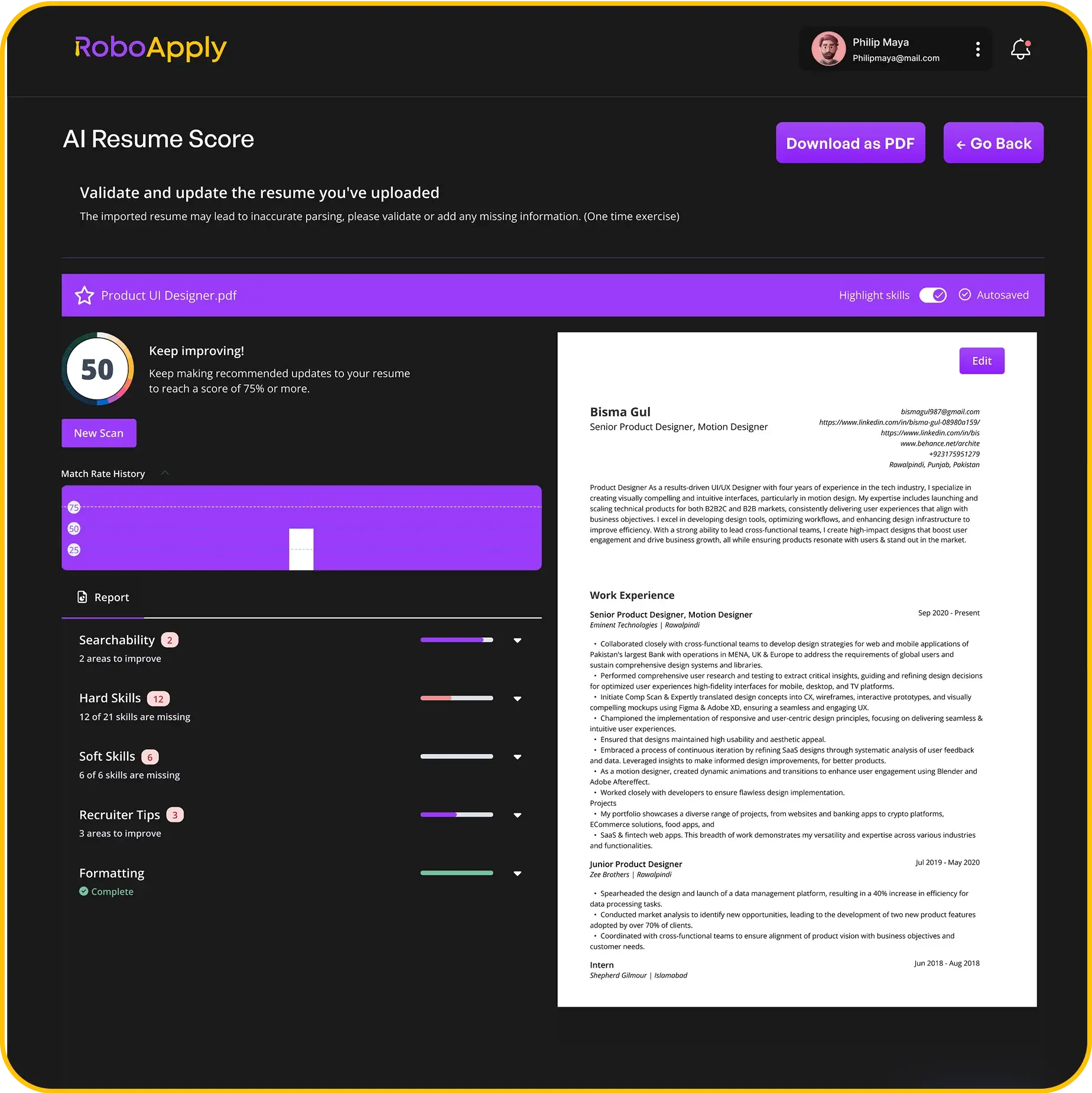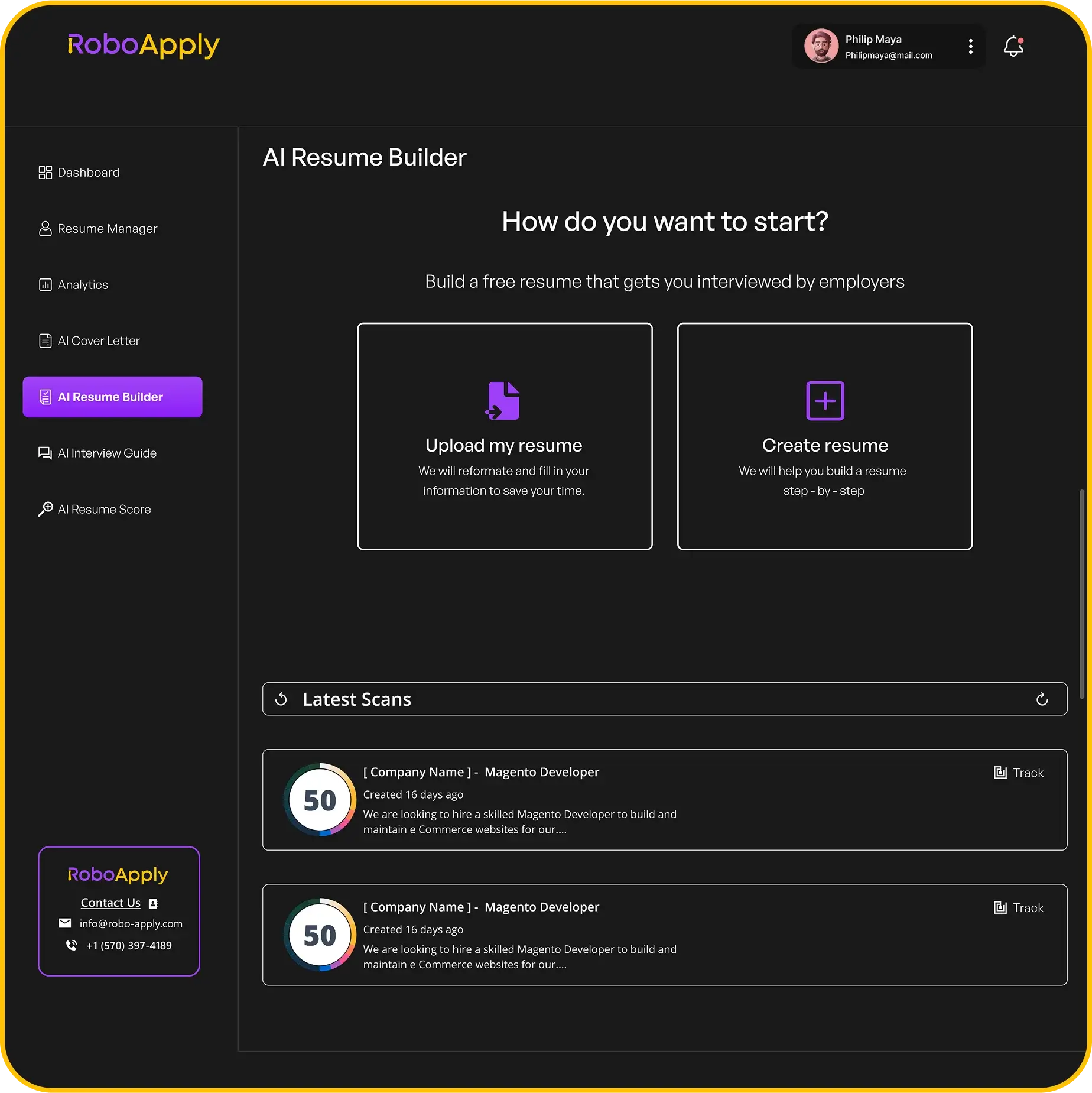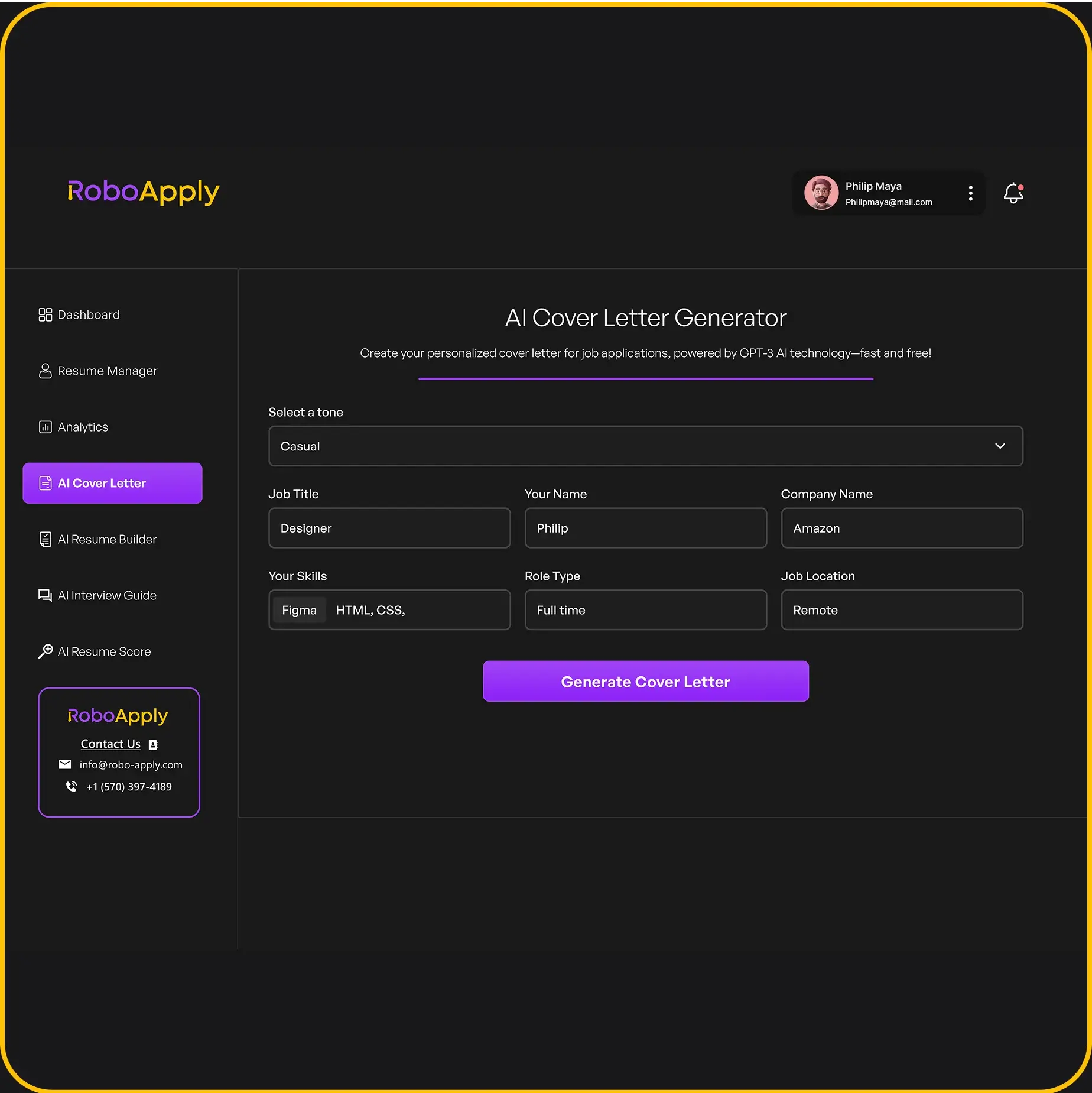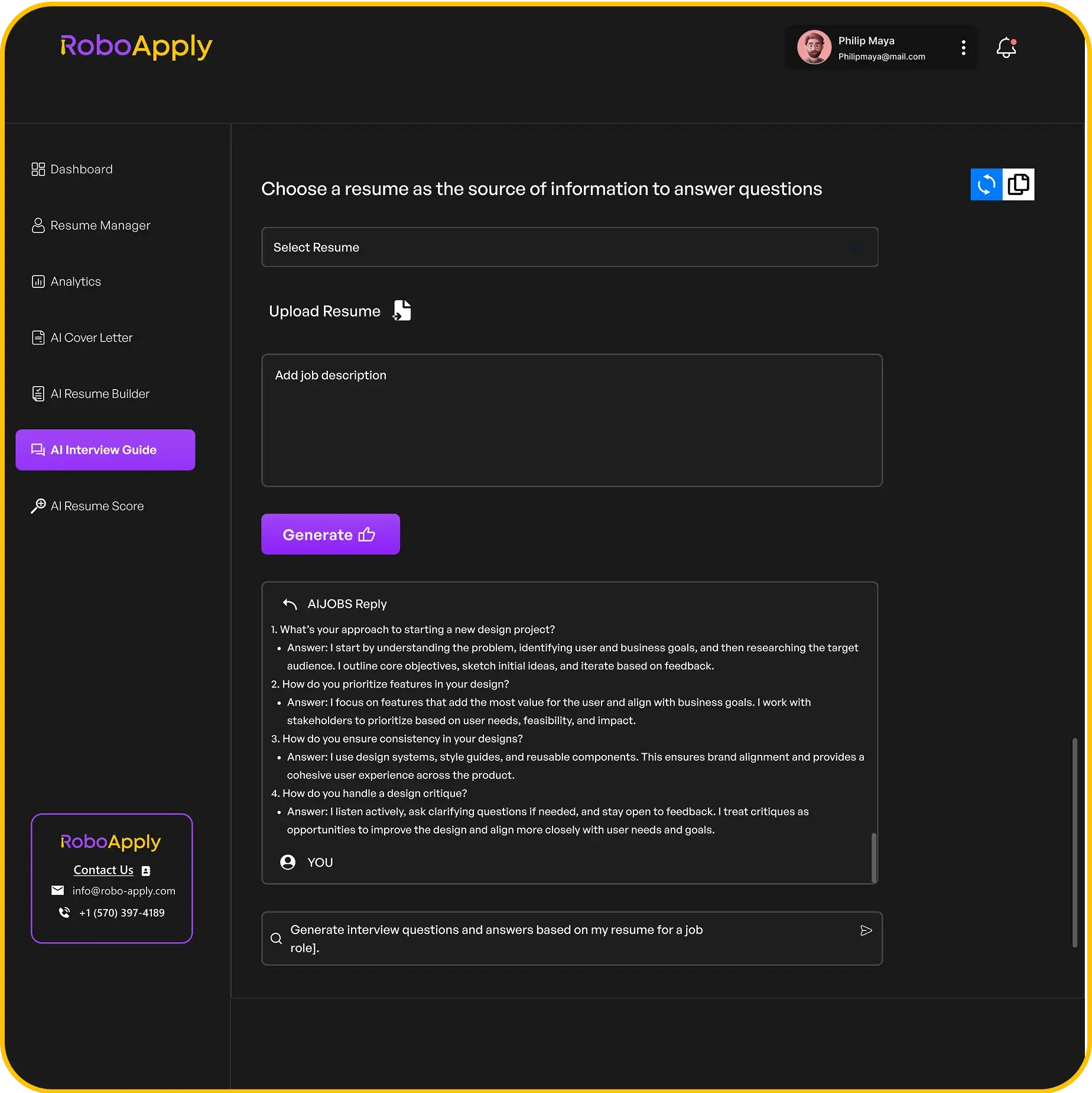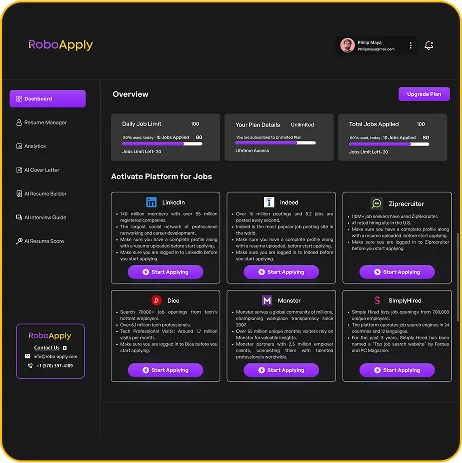So, you’ve spent hours making your resume perfect, right? You’ve got all your best achievements listed, the formatting is spot-on, and you’re ready to hit ‘send’. But wait! There’s one small thing many people forget, and it can actually make a pretty big difference: how to name resume file. It might seem like a tiny detail, but a good file name can help your application get noticed by hiring managers and even those tricky Applicant Tracking Systems. Let’s talk about why this simple step is so important and how you can get it right every time.
Key Takeaways
- A clear resume file name helps recruiters find your document easily.
- Proper naming improves how well your resume works with Applicant Tracking Systems.
- Always include your full name and the job title in the file name.
- Avoid using generic terms or special characters in your file names.
- Tailor your file name for each specific job application.
The Importance of Naming Your Resume File

Naming your resume file might seem like a small detail, but it can significantly impact your job search. It’s about making a solid first impression and ensuring your application is handled efficiently. Think of it as the digital handshake before they even read your qualifications. A well-named file shows you’re organized and detail-oriented, qualities employers appreciate. It’s a simple step that can improve your application’s visibility and professionalism.
Making a Strong First Impression
The name of your resume file is often the first thing a potential employer sees. It’s a subtle indicator of your professionalism and attention to detail. A clear, descriptive name shows you’re organized and take your application seriously. A vague or generic name, on the other hand, can make you appear careless or unprofessional. It’s like showing up to an interview in wrinkled clothes – it sends the wrong message right from the start. Think of it as your digital introduction; make it count. A well-named file, such as Jane_Doe_MarketingResume.pdf, instantly communicates who you are and what you’re applying for.
Enhancing Applicant Tracking System Compatibility
Applicant Tracking Systems (ATS) are used by many companies to manage job applications. These systems scan resumes for keywords and other important information. A properly named resume file can help the ATS correctly identify and categorize your application. This means your resume is more likely to be seen by a human recruiter. Using a clear and concise file name with relevant keywords can boost ATS compatibility and ensure your resume isn’t overlooked. It’s about making it easy for the system to understand what your document is and where it should go.
Facilitating Recruiter Document Management
Recruiters often handle hundreds of applications for a single job opening. A clear and descriptive resume file name makes it easier for them to organize and find your document. This is especially important when they need to quickly access your resume for review or to share it with the hiring manager. Imagine a recruiter sifting through countless files named "Resume.pdf" – yours will stand out if it’s clearly labeled with your name and the job title. This simple act of consideration can make a big difference in how your application is perceived. Using a consistent naming convention across all your application documents, like FirstName_LastName_Resume.pdf, shows professionalism and helps recruiters stay organized.
Essential Elements for Your Resume File Name
Naming your resume file might seem like a small detail, but it’s actually pretty important. It’s about making a good impression from the start and ensuring your application sails smoothly through the Applicant Tracking Systems (ATS) that many companies use.
Including Your Full Name
Always start with your full name. This makes it super easy for recruiters to identify your resume. Think of it as labeling your work clearly. It avoids confusion, especially if multiple candidates have similar qualifications. For example, instead of just ‘resume.pdf,’ go for ‘JaneDoe_Resume.pdf’. If you have a common name, consider adding a middle initial to further distinguish yourself.
Adding the Target Job Title
Including the job title you’re applying for is a smart move. It shows you’ve tailored your resume to that specific position. Recruiters can quickly see if your skills align with what they’re looking for. It also helps them organize applications more efficiently. For instance, ‘JohnSmith_MarketingManager.pdf’ is much more effective than a generic name. This also helps the federal resume builder understand the context of your application.
Specifying Document Type
Make it crystal clear what kind of document it is. Use ‘Resume’ or ‘CV’ in the file name. This prevents any ambiguity. Recruiters shouldn’t have to guess what they’re opening. ‘AliceBrown_Resume.pdf’ leaves no room for doubt. It’s a simple step that adds a layer of professionalism. This is especially important when you’re listing work accomplishments and want to make sure the recruiter knows what they’re looking at.
A well-named resume file demonstrates attention to detail and respect for the recruiter’s time. It’s a small thing that can make a big difference in how your application is perceived.
Here’s a quick recap:
- Always include your full name.
- Add the specific job title.
- Clearly state ‘Resume’ or ‘CV’.
- Keep it simple and easy to read.
Best Practices for Resume File Naming

It’s easy to overlook the file name when you’re laser-focused on perfecting your resume’s content. But trust me, taking a few extra seconds to name your resume file correctly can make a real difference. It’s about making things as easy as possible for the recruiter and showing you pay attention to detail. Let’s get into some best practices.
Maintaining Consistency Across Applications
Pick a format and stick with it. Seriously. It’s like having a personal brand for your resume. If you’re applying to multiple jobs, using the same naming convention helps you stay organized and shows recruiters you’re professional. Imagine sending out a bunch of resumes with different file names – it just looks sloppy. A consistent format also makes it easier for you to track which version you sent to which company. For example, if you’re using the Indeed Resume Builder, make sure to download your resume with a consistent name.
Utilizing Clear and Concise Language
Keep it simple, folks. No need to get fancy or try to cram every single detail about your career into the file name. The goal is clarity. Use straightforward language that anyone can understand at a glance. Think about it from the recruiter’s perspective: they’re sifting through tons of applications. A clear and concise file name helps them quickly identify your resume and what position you’re applying for. Avoid jargon or overly technical terms that might confuse them. If you’re a retail pharmacist, make sure your resume is clear and easy to understand.
Incorporating Dates for Version Control
This one’s a lifesaver, especially if you’re actively applying to multiple positions or updating your resume frequently. Adding a date to your file name helps you keep track of different versions and ensures you’re always sending the most up-to-date one. It also prevents you from accidentally submitting an older version with outdated information. Trust me, I’ve been there, and it’s not fun. Here’s a simple way to think about it:
FirstName_LastName_JobTitle_YYYYMMDD.pdfJaneDoe_MarketingManager_20250702.pdfJohnSmith_SoftwareEngineer_v2_20250702.pdf
Think of your resume file name as a mini-advertisement for yourself. It’s a chance to make a positive first impression and show recruiters that you’re organized, detail-oriented, and professional. Don’t waste that opportunity by using a generic or confusing file name.
It’s also important to remember that a well-named resume file can help your application stand out. If you’re a massage therapist, a clear and professional file name can make a difference in getting noticed.
Common Mistakes to Avoid When Naming Your Resume File

Naming your resume file might seem like a small detail, but it can actually trip you up if you’re not careful. It’s like forgetting to proofread – a simple oversight can make a big difference. Here’s what to watch out for to make sure your resume file name helps, not hurts, your chances.
Steering Clear of Generic Terms
Using generic names like "Resume.pdf" or "MyDocument.docx" is a big no-no. These names tell the recruiter absolutely nothing about you. Imagine a hiring manager downloading hundreds of resumes – yours will just blend in and get lost. It’s like shouting in a crowded room; no one will hear you. Instead, aim for something specific that immediately identifies you. Think of it as your digital handshake – make it count. You want to make it easier for hiring managers to identify your document at a glance and keeps your application organized on their end. You can avoid resume mistakes by using a clear and professional format with your full name followed by “resume.”
Avoiding Special Characters and Spaces
Special characters and spaces in your file name can cause all sorts of problems. Some systems, especially older ones or Applicant Tracking Systems (ATS), might not handle them correctly. This can lead to errors when the recruiter tries to open your file, or even worse, the ATS might not be able to parse it at all. Characters like slashes (/), backslashes (), and angle brackets (<, >) can cause errors during file processing, especially when optimizing for Applicant Tracking Systems (ATS).
Instead, stick to simple alphanumeric characters (A-Z, 0-9), hyphens (-), and underscores (_). These are universally accepted and won’t cause any headaches. Also, avoid spaces; replace them with underscores or hyphens. It keeps things clean and simple.
Refraining from Excessive Information
While being specific is good, overloading your file name with too much information can make it look cluttered and unprofessional. Avoid including things like your address, phone number, or overly detailed job titles. Keep it concise and to the point. A good rule of thumb is to stick to your name, the word "Resume" or "CV", and maybe the target job title. For example, "JaneSmith_MarketingManager_Resume.pdf" is much better than "JaneSmith_MarketingManager_Resume_Address_Phone.pdf". Remember, clarity is key. You can use free online resume builders to simplify creating professional resumes.
Think of your resume file name as a billboard – you want to convey the most important information quickly and effectively. Too much clutter, and people will just tune it out. Keep it clean, simple, and easy to understand.
Also, don’t include version numbers. Using version numbers in your resume file name, like “Resume_2023_1” or “Resume-Sales-2,” can make it seem less personal and unique. It suggests that your resume is just one of many versions, which might look like you didn’t customize it for the job. Always name your resume in a way that shows it is carefully tailored for the specific job you’re applying for. This shows recruiters that you’ve put effort into making your application fit their needs. You can follow netiquette guidelines to ensure your file name is professional and easily identifiable.
Optimizing Your Resume File for ATS

Okay, so you’ve got a great resume, but is it ATS-friendly? Applicant Tracking Systems are basically the gatekeepers to many jobs these days. If your resume file name isn’t up to snuff, it might not even get seen by a human. Let’s make sure that doesn’t happen.
Keywords in Your Resume File Name
Using the right keywords in your resume file name can significantly improve its visibility in ATS. Think about it: the system is scanning for specific terms. If you include relevant keywords from the job description, you’re basically telling the ATS, "Hey, this resume is exactly what you’re looking for!" It’s not about stuffing keywords, but rather strategically including the most important ones. For example, if you’re applying for a "Senior Data Analyst" position, including "Data Analyst" in your file name is a smart move. You can also optimize for Applicant Tracking Systems by using AI tools to help you identify the best keywords.
Standard File Formats for Compatibility
File format matters. A lot. While some ATS are getting better at reading different formats, sticking to a standard format is still the safest bet. Here’s the breakdown:
- .PDF: Generally the best option. It preserves formatting and is widely compatible.
- .DOCX: Microsoft Word format. Also pretty common, but can sometimes have formatting issues depending on the ATS.
- .DOC: Older Word format. It’s best to avoid this if possible, as it’s less reliable.
I once had a resume rejected because I used a less common file format. It was a total bummer. Now, I always double-check and stick to PDF. It’s just not worth the risk of your application not being processed correctly.
Testing Your Resume File Name
So, you’ve named your resume file, but how do you know if it’s actually working? Well, there’s no foolproof way to guarantee it’ll pass through every ATS without a hitch, but you can do a few things to test it. First, if you know what ATS a company uses, research its specific requirements. Some ATS have known quirks. Second, try submitting your resume through a resume optimization service that simulates an ATS scan. These services can give you feedback on how well your resume is likely to perform. Finally, ask a friend in HR to take a look. A fresh pair of eyes can often spot things you’ve missed. Remember, keyword optimization is only part of the process, so make sure your resume is well-formatted and easy to read.
Here’s a quick checklist:
- Does the file name include relevant keywords?
- Is it in a standard, compatible format (preferably PDF)?
- Have you tested it using an ATS simulator or gotten feedback from someone in HR?
By following these steps, you can significantly increase the chances that your resume file name will help, not hurt, your job search. Good luck!
Crafting Unique Resume File Names for Specific Roles
Tailoring for Company and Position
It’s a good idea to customize your resume file name for each specific job you’re applying for. This shows recruiters you’ve put in the extra effort and are genuinely interested in the role. Instead of a generic name, try including the company name along with the job title. For example, Jane-Doe-Graphic-Designer-ABC-Corp-Resume.pdf is much more effective than just resume.pdf. This level of detail can really make your application stand out. It also helps the hiring manager quickly see that your resume is tailored for their specific opening. This is especially useful in a competitive job market.
Highlighting Specific Skills or Expertise
If a particular skill or area of expertise is highly relevant to the job, consider including it in your resume file name. This can help your resume get noticed, especially when recruiters are searching for candidates with specific qualifications. For instance, if you’re applying for a software engineer position that requires Node.js experience, a file name like Miguel_Ramos_Software_Engineer_NodeJS.pdf is a great choice. This immediately highlights your relevant skills. Think about the job titles and what keywords they emphasize, and then incorporate those into your file name.
Adapting for Different Application Platforms
Different application platforms might have different requirements or limitations for file names. Some systems might not support special characters or long file names. It’s important to adapt your file name to ensure compatibility. Before submitting, double-check the platform’s guidelines. A good rule of thumb is to stick to simple alphanumeric characters, hyphens, and underscores. If you’re using an Applicant Tracking System (ATS), make sure your file name is ATS compatible. This will help avoid errors during file processing. Also, remember to maintain consistency across applications to avoid confusion. For example, if you’re applying through a platform with strict file name length limits, you might need to abbreviate the job title or company name. Just make sure it’s still clear and easy to understand. Tailoring your resume for specific jobs, as well as your researcher resumes, is key.
Examples of Effective Resume File Names
Okay, so you’ve got your resume polished and ready to go. But wait! How are you going to name that file? It might seem trivial, but a good file name can actually make a difference. Let’s look at some examples.
Standard Professional Format
This is your go-to, reliable format. It’s clear, concise, and easily understood by both humans and Jobscan ATS. Think of it as the little black dress of resume file names. It works in almost any situation. Here’s the basic structure:
FirstName_LastName_JobTitle_Resume.pdf
For example:
Jane_Doe_MarketingManager_Resume.pdfJohn_Smith_SoftwareEngineer_Resume.pdfEmily_Brown_ProjectManager_Resume.pdf
This format includes your full name, the job title you’re targeting, and the word "Resume" to clearly indicate the document type. Using this format helps recruiters quickly identify your application and understand its purpose. It also helps you stay organized when you’re sending out multiple applications. You can even use a free resume builder to help you get started.
Targeted Application Format
Want to show you’re really interested in a specific role at a specific company? Tailor your file name to reflect that. This shows attention to detail and makes it easier for the recruiter to keep track of your application. Here’s how:
FirstName_LastName_JobTitle_CompanyName.pdf
Examples:
Jane_Doe_MarketingManager_AcmeCorp.pdfJohn_Smith_SoftwareEngineer_TechSolutions.pdfEmily_Brown_ProjectManager_GlobalInnovations.pdf
Adding the company name demonstrates that you’ve customized your resume for that particular position. It also helps the recruiter quickly associate your resume with the correct job opening. This is especially useful if the company is hiring for multiple roles simultaneously.
Version Control Format
Applying to lots of jobs? Updating your resume frequently? You need a system for version control. Adding a date to your file name can help you (and the recruiter) keep track of the most recent version. Here’s a simple way to do it:
FirstName_LastName_JobTitle_YYYYMMDD.pdf
Examples:
Jane_Doe_MarketingManager_20250702.pdfJohn_Smith_SoftwareEngineer_20250628.pdfEmily_Brown_ProjectManager_20250515.pdf
Using the YYYYMMDD format ensures that your files are sorted chronologically, making it easy to identify the latest version. This is particularly helpful when you’re making small tweaks to your resume and want to avoid accidentally sending an older version. Remember to optimize your resume for each application!
Picking the right name for your resume file is super important! It helps hiring managers find your application easily and shows you pay attention to details. Want to see some great examples and learn how to make your resume stand out? Head over to our website for more tips!
Wrapping Things Up
So, we’ve gone over how to name your resume file. It might seem like a small thing, but getting this right really helps your application. By putting your full name and the job title in a clear way, you make sure your resume gets noticed by hiring managers and works well with those computer systems that sort applications. This little detail makes your resume easy to find, keeps it organized, and shows you’re serious about the job. It helps you stand out in a busy job market. A good file name shows you pay attention to details, and that’s something employers like to see. Whether you’re just starting out or have lots of experience, this simple step can make a big difference in how your application looks. It’s a quick win that can help your resume get to the top of the pile.
Frequently Asked Questions
Why is it important to name my resume file carefully?
A good file name helps recruiters quickly see who sent the resume and what job they want. It also helps computer systems (called ATS) sort applications better, making sure your resume gets noticed.
What are the most important things to include in my resume file name?
Always use your full name, the job title you’re applying for, and the word “Resume.” For example, “John_Doe_Marketing_Manager_Resume.pdf” is a great choice.
Should I include the company name in my resume file name?
Yes, it’s a good idea! Adding the company name, like “Jane_Smith_Software_Engineer_Google_Resume.pdf,” shows you’ve thought about that specific job and company. It also helps the company keep track of your application.
What file format should I use for my resume?
It’s best to use a common format like PDF. Most computers and hiring systems can easily open PDFs, and your resume will look the same to everyone.
What kinds of file names should I avoid?
Avoid using words like “MyResume.pdf” or “Final_Resume.pdf.” Also, don’t use strange symbols or spaces that could confuse computer systems. Keep it simple and clear.
Should I include a date in my resume file name?
Yes, it’s smart to add a date if you make many changes or apply for different jobs. For example, “Emily_Brown_Project_Coordinator_Resume_2024-07-20.pdf” helps you and the employer know it’s the most recent version.


